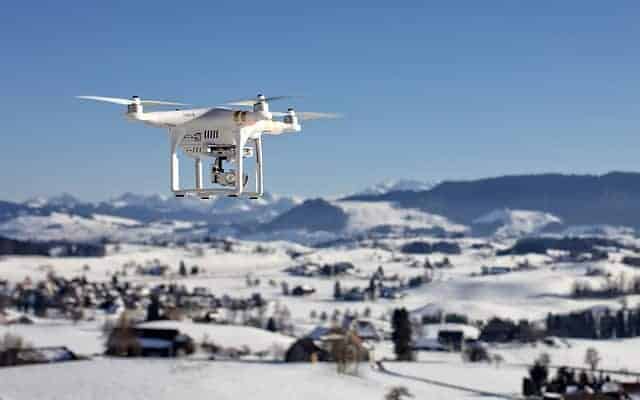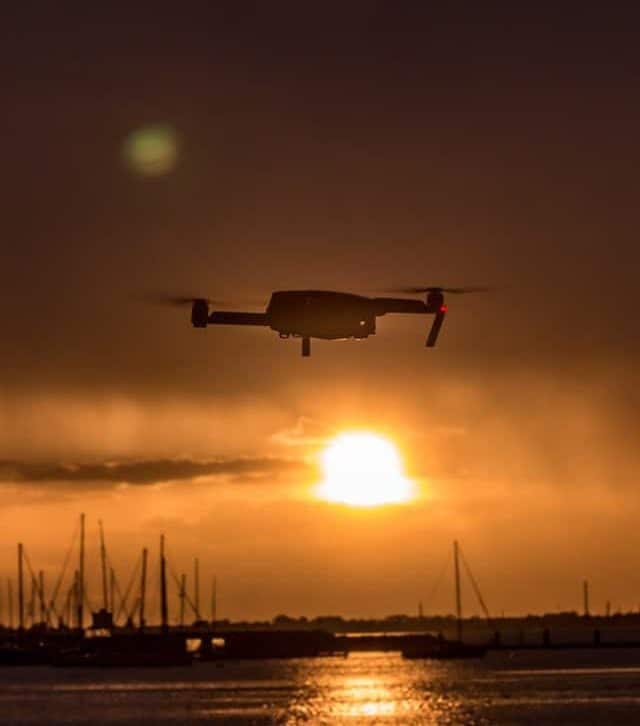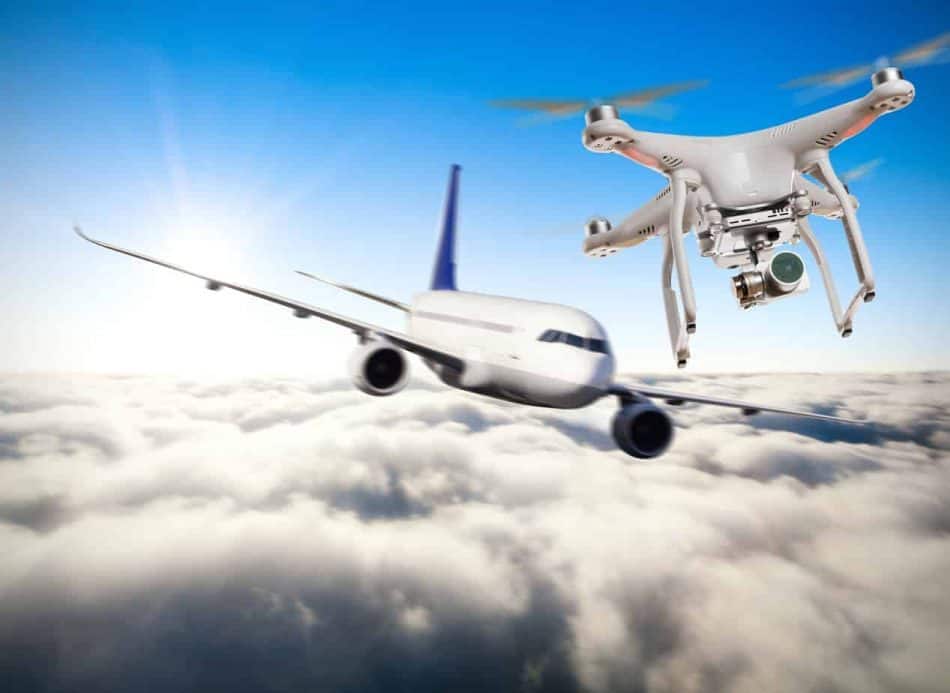Drones are becoming more popular in recent years, particularly personal ones. Although most people use them for harmless fun, some may use them for more sinister reasons (i.e., infiltrating a military base). So if that’s the case, why are drones hard to detect on radar?
Drones are hard to detect on radar because they are usually small, so the radar will mistake them for birds in many cases. Most radar technology cannot detect such small items. It typically only detects large objects like planes and helicopters.
The rest of this article will discuss why drones are hard to detect on radar in greater detail. Be sure to keep reading if you want to learn more!

Reasons Why Drones Are Hard To Detect on Radar
Drones are hard to detect on radar because they’re so minuscule that they’re often mistaken for birds. However, there are other reasons. One of them is that drones often move too quickly and in groups. Another reason is that many drones sport low radar cross-sections (RCS).
Now, let’s look at these reasons in greater detail below:
Drones Are Too Small for Radars
Most personal drones that people use for fun are small and compact, while radars are generally designed to detect large moving objects. As a result, most drones are too small to be caught by the radar. This isn’t usually an issue in many cases since most tiny drones are used by innocent civilians.
However, there can be instances when this can be a problem. Examples would be:
- If someone uses a small drone to infiltrate a military base
- If someone uses a small drone to take photos of an army base
One major problem is that many small drones are around the same size as birds. So although there may be an alert on the system, it will likely just indicate that a bird or multiple birds are passing by. Depending on the location of the radar, birds might fly across the area often. Therefore, an alert wouldn’t be a cause for concern.
Consequently, this loophole could allow someone to infiltrate a military base since the drone would be assumed to be a bird.
Drones Don’t Move the Same Way As Planes
Another critical thing to understand about radars is that they typically only detect large objects that move slower than drones. On top of that, they aren’t great for detecting groups of small objects traveling at fast speeds.
With large objects like airplanes, it takes longer to maneuver them and change direction. This makes it easy for radars to detect planes. However, drones can be unpredictable, changing direction in an instant.
Drones can go up, down, sideways, backward, and diagonally instantaneously because of their compact size and controls. Radars aren’t capable of tracking such fast-moving objects. Additionally, they cannot detect speeding objects when a group of them is flying around the airspace.
Owing to these issues, the radar is unlikely to detect drones traveling at high speeds while changing direction constantly. This is unlike airplanes that travel at more consistent, slower speeds and directions.

Many Drones Have Low Radar Cross Sections (RCS)
The RCS of an object essentially determines how visible it is on radar. Most small personal drones have a very low RCS, meaning they’re usually not detectable. The RCS of an object primarily depends on its size, so larger drones are more likely to have higher RCSs than smaller ones.
Another essential thing to note is that radars usually spot drones with higher RCSs from greater distances. So let’s say a radar detects two drones up close: one with a low RCS and one with a higher RCS. Then, both drones travel further away.
The drone with the lower RCS will no longer be detectable by the radar, but the one with the higher RCS is still fully detectable. This is one main reason why the RCS of an object, such as a drone, is essential when it comes to detection on radar.

The Widespread Use of Drones Is Only a Recent Phenomenon
Small and compact hobby drones have only recently become popular (circa 2013). As such, there hasn’t been ample time to implement radar technology that can distinguish small drones from birds. In many cases, coming up with new technology can take decades. So it’s highly likely there will be better drone-detecting technology in the future.
Moreover, detecting drones isn’t the main priority of most military bases and airports. Instead, their primary priorities are detecting and tracking large aircraft, and this is likely to remain so for a long time.
That said, it wouldn’t be worthwhile to implement a large amount of drone-detecting technology currently. One reason for this is that it’s a considerable expense. Secondly, the technology isn’t at an advanced enough level to be worth it right now (in most cases).
Still, certain bodies of the US government use forms of drone-detection technology. These include:
- The Department of Defense
- The Department of Energy
- The Department of Justice
- The Department of Homeland Security
Yet, even these government bodies face issues with the drone-detection technology. The main problem is that it doesn’t always work effectively. Asa result, there undoubtedly needs to be an improvement in the technology for it to be entirely worth the time and money.
Can Airports Detect Drones?
Airports generally can’t detect drones because they use radars made explicitly for tracking and detecting large airplanes. Although drone-detecting technology exists, most airports focus on tracking planes through standard radar technology.
There is a possibility that airports will start using drone-tracking technology in future. However, as of now, it doesn’t seem necessary to put resources into the technology.
Conclusion
Drones are hard to detect on radar because they are small and have low RCSs. Since radars are built to detect objects with high RCSs, like airplanes, detecting drones is challenging.
Although most drone-detecting technology isn’t at an advanced level yet, the US government uses it in certain instances. But even then, it doesn’t always work effectively and can often mistake real drones for other small flying objects, particularly birds.
In most cases, detecting drones isn’t a priority for most military bases and airports, so their technology mainly focuses on detecting and tracking larger aircraft.
